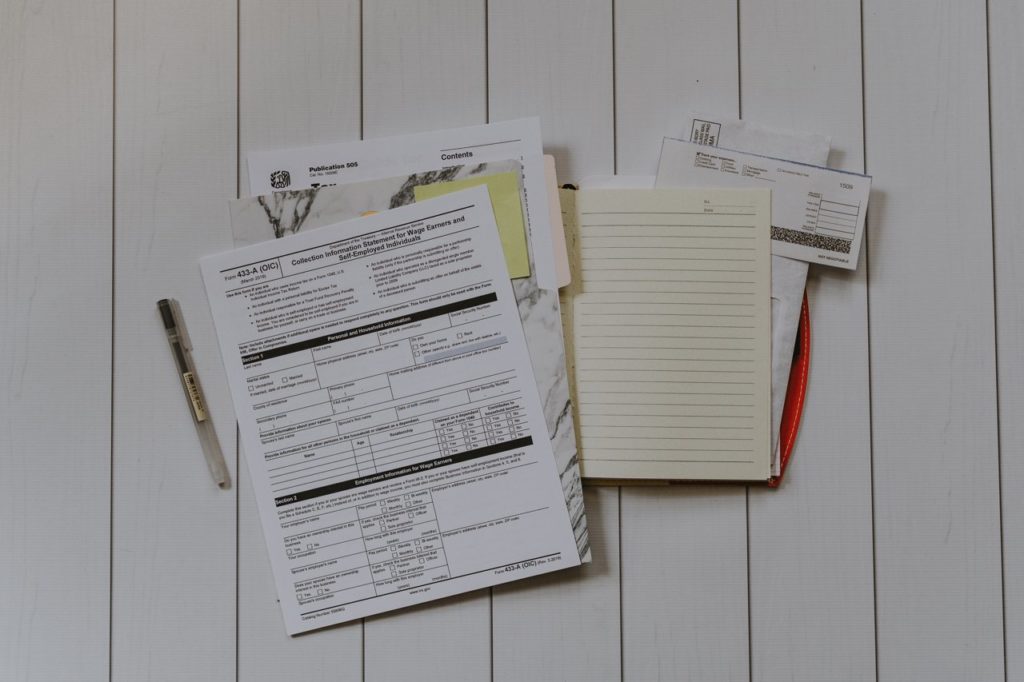Opening a pharmacy can be a rewarding opportunity if you have entrepreneurial drive and a passion for promoting community well-being. Whether you want to open a full-service neighborhood pharmacy or a pharmacy inside a hospital or big-box chain store, take a look at this step-by-step guide to learn what it takes to get into the pharmaceutical business.
Start with a business plan.
The first step in opening a pharmacy is to determine your business model and create a business plan. The business model outlines how you will conduct business and how you will serve your clientele. It outlines the products and services offered, what you get paid for, and how you get paid. It should include both a vision and more practical elements, like a functional budget.
Maintaining your prescription medication supply is the biggest ongoing cost a pharmacy has. You need to have enough supply on hand each month to meet demand while ensuring that your supply won’t expire before it is dispensed.
Pharmacies earn a profit by purchasing generic and name brand medications at the lowest possible prices to be sold to customers. How much you can charge for prescriptions is determined by the pharmaceutical and insurance companies who issue co-pays and insurance reimbursements. You don’t have much leeway with pricing, but you do need to pay attention to competitors to maintain your relevance. With reimbursements from insurance companies, a pharmacy can see between 10-30% in profits on prescription medications. Take all of these factors into account when you’re building your plan and budget.
Determine key strategies to realize your goals.

When determining your business model, you need to have a clear vision of what your pharmacy stands for. This means knowing what products and services you will offer, who will be on your team, the layout and ambiance of the store, and your marketing efforts and community outreach.
You’ll need to set short-term and long-term goals that are specific and can be measured, such as a timeline for sales growth. Then develop the strategies necessary to achieve your goals. The right strategies will keep you on track toward reaching your goals.
Research the licensing requirements.

There are several licensing requirements that pharmacy owners must meet in order to do business. These requirements are the same for all pharmacies across the federal level, but specific licensing requirements vary by state. The basic licensing requirements for a pharmacy are:
- Pharmacy license
- Association of Boards of Pharmacy/National Council for Prescription Drug Programs (NABP/NCPDP) number
- Drug Enforcement Agency (DEA) number
- Employer Identification Number (EIN)
- National Provider Identifier (NPI) number
Ensuring that the equipment and facilities where your medication supply is manufactured are safe is of utmost importance. Poor safety, loss of productivity, inefficient energy usage and deteriorating systems can all impact your business operations. Granite Mechanical puts safety and health first by offering comprehensive boiler and mechanical services that will strengthen your operations.
Their highly-trained contractors specialize in repairs and installations, inspections and maintenance, accident prevention, and improving the performance of your boiler system. Granite Mechanical contractors can also provide mechanical services such as new pump installation, valve packing repair, upgraded water softening systems, and advice on improving the layout of your mechanical room for increased productivity. Don’t save on your boiler, it can have a major impact on daily operations and the safety of your customers and employees. Always work with professionals that you can trust when it comes to safety-related issues.
Choose the right location and layout.

You need to ensure that the location you choose can sustain another pharmacy. Gaining clientele from a chain pharmacy is easier than gaining clientele from an independent pharmacy. If there was an independent pharmacy that recently closed in your target area, there could be an open opportunity to gain those clients. You also need to determine if there is a sufficient enough prescription base to sustain another pharmacy in the market. Other factors to consider when choosing a location to open your pharmacy are traffic, ease of access, location size, and clientele opportunity provided by nearby businesses.
Your store layout needs to account for the secure and safe storage of your prescription medication supply and a dedicated area to fill prescriptions. Using an automated conveyor belt to fill prescriptions can improve efficiency, productivity, and ROI. A mini conveyer from Dorner solves all of your industrial, packaging, and sanitary conveyor needs. It features low belt tension in unique frame designs for maintenance-free operation and consistent performance.
The mini belt conveyor has a low profile height that makes it compact, a small roller diameter suited for handling small parts like pills, backlit capability with an LED light for inspection and quality control, and it’s cleanroom certified for use in a pharmaceutical cleanroom. Dorner’s mini conveyor has the lowest profile in North America, making it perfect for applications in medical, pharmaceutical, life sciences, and small or lightweight product movement.
Opening a pharmacy is an exciting and rewarding business endeavor. All the hard work and careful planning will be worth it once you serve your first client and help them get on their way to better health.





